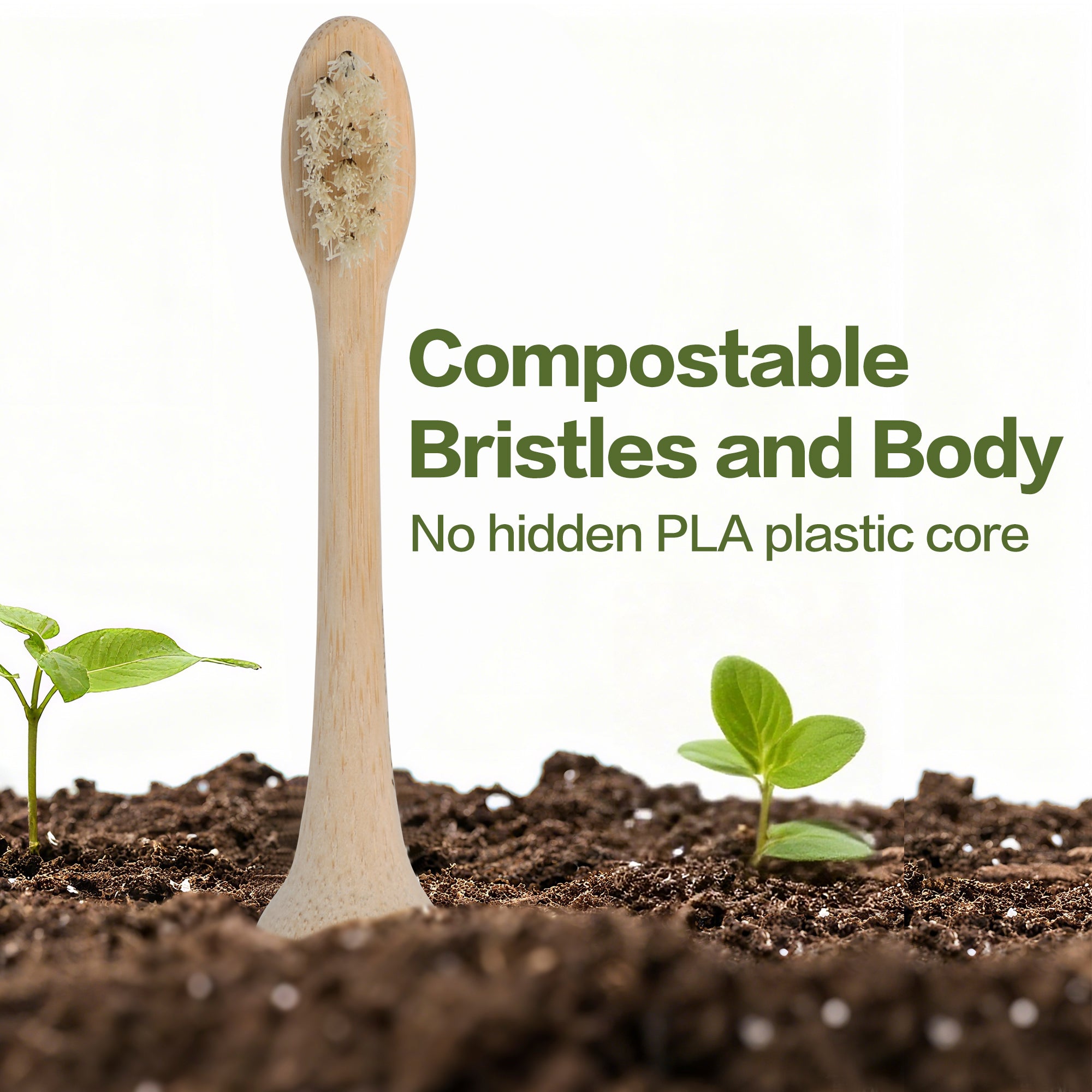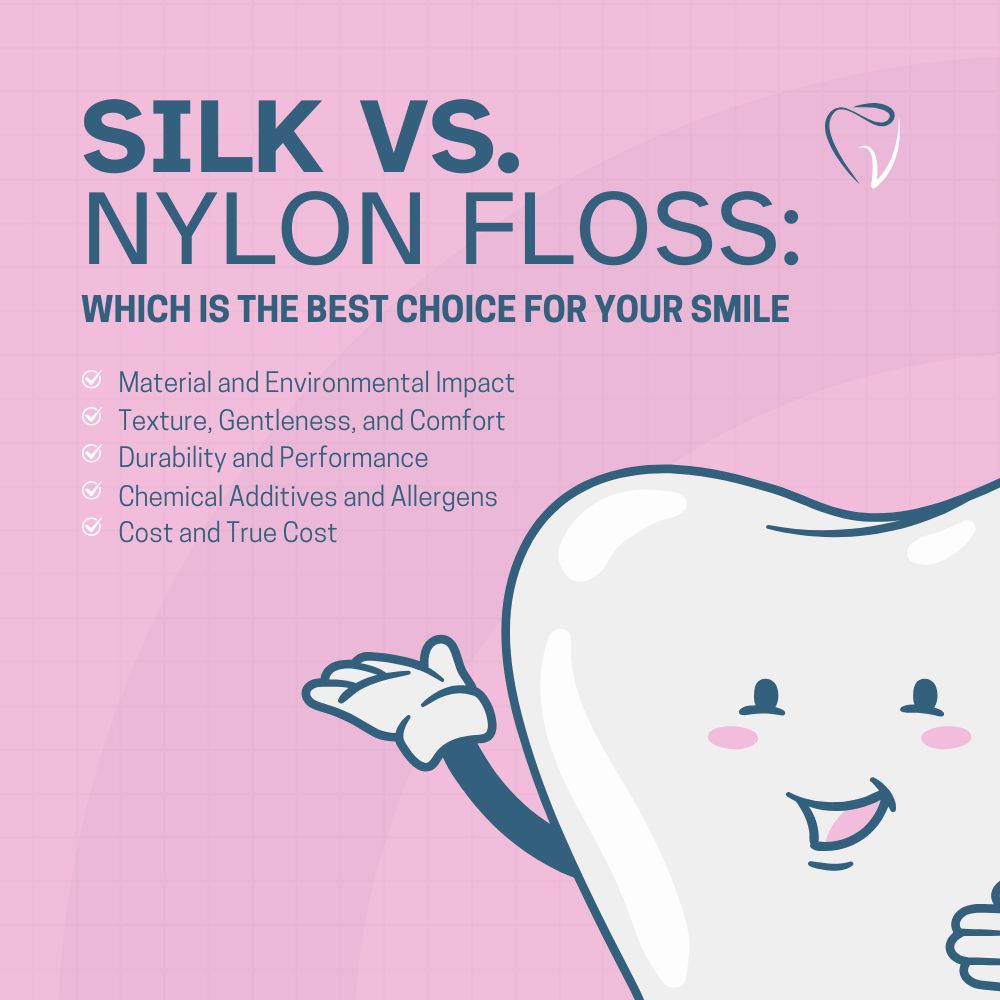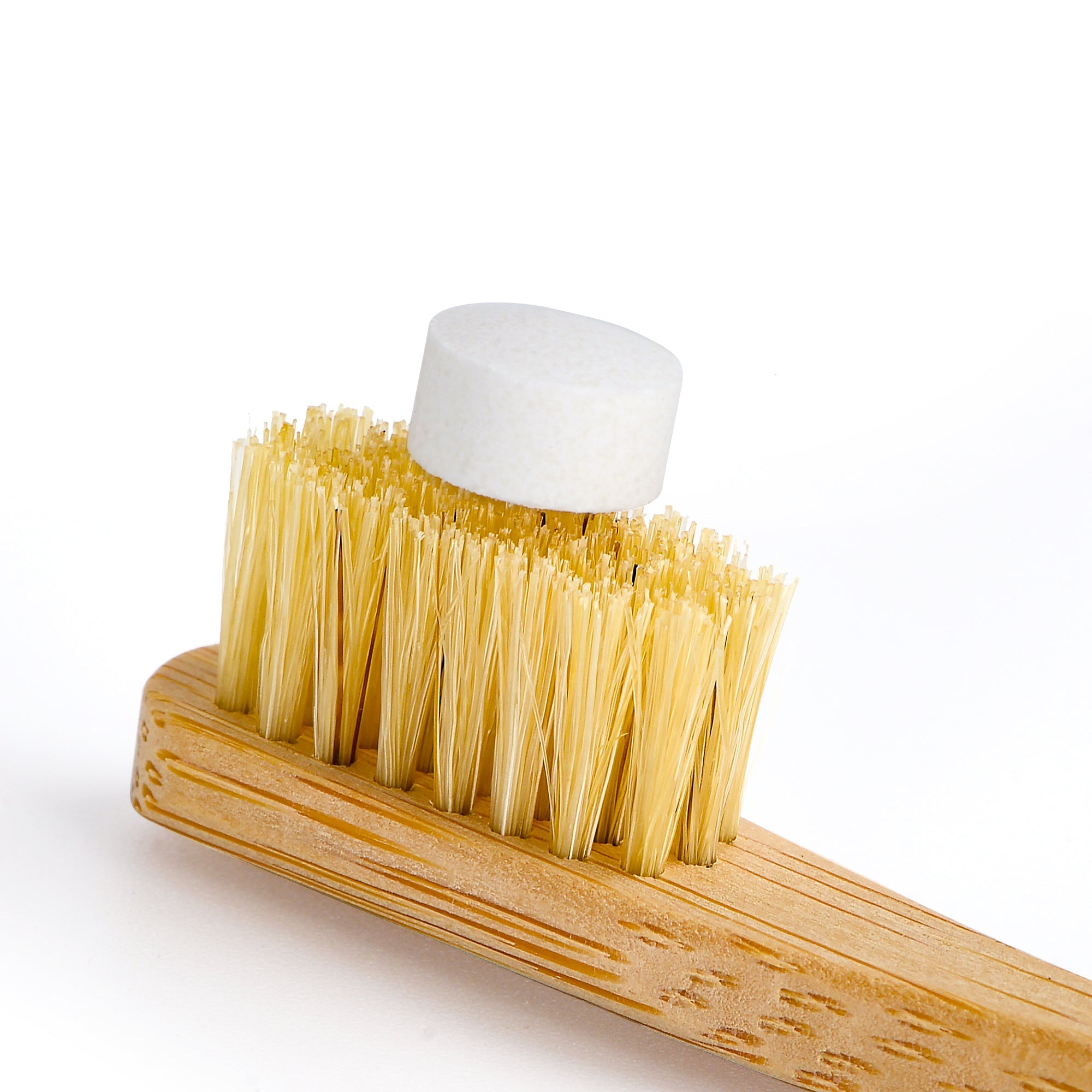Tea, a beloved beverage enjoyed by millions worldwide, has recently come under scrutiny due to a hidden danger lurking within its comforting brew. Microplastics (MPs), minuscule plastic particles, have infiltrated tea bags, posing significant health risks to consumers and contributing to a global crisis of plastic pollution.
Unveiling the Threat of Microplastic Pollution
Recent studies have shed light on the alarming prevalence of microplastics in our daily lives. According to research, individuals unwittingly ingest between 39,000 to 52,000 microplastic particles annually, highlighting the pervasiveness of this issue. Despite the European Union's classification of over 20% of plastic compounds as hazardous, the true extent of their health impacts remains largely unknown.

The Perils of Plastic in Tea Bags
Tea bags, once thought of as harmless vessels for steeping our favorite blends, are now implicated in the microplastic crisis. Polypropylene, a non-biodegradable plastic, is commonly used in tea bag manufacturing, even in products labeled as 'food grade.' During the brewing process, tea bags are subjected to high temperatures, causing plastic particles to leach into the beverage.
Furthermore, tea bags may contain a cocktail of harmful substances, including fluorine compounds, arsenic, and lead, presenting a dire health risk to consumers. Shockingly, each cup of tea brewed with a plastic tea bag may contain billions of microplastic particles, highlighting the magnitude of the issue.
Choosing Safer Alternatives
In light of these revelations, consumers must reconsider their tea-drinking habits to mitigate exposure to microplastics. Opting for loose leaf teas brewed in glass, metal, or ceramic strainers can significantly reduce the risk of ingesting harmful plastic particles. Additionally, demanding plastic-free packaging from tea manufacturers is crucial in combating the proliferation of microplastics in our environment.
Urgent Need for Further Research
While the health consequences of microplastic ingestion remain unclear, evidence from studies on animal subjects underscores the potential dangers posed by these pollutants. Gastrointestinal inflammation, malabsorption, and disruptions to gut flora are just a few of the adverse effects associated with microplastic exposure.

Future research efforts must prioritize investigating the origins of microplastics and their release from plastic products, including tea bags. Understanding the pathways of exposure and potential health impacts is essential in addressing this pressing environmental and public health concern.
Sipping Safely in a Plastic-Contaminated World
The infiltration of microplastics into tea bags underscores the urgent need for consumer awareness and industry regulation. By making informed choices and advocating for sustainable practices, we can safeguard our health and the environment from the pervasive threat of plastic pollution.
Dissecting the Teabag Dilemma
Tea enthusiasts have long grappled with the disposal of teabags, uncertain about the environmental repercussions of their choices. Traditionally, teabags were sealed with a minute amount of plastic derived from oil, rendering them unsuitable for composting and contributing to landfill accumulation. However, a wave of awareness has prompted tea companies to seek greener alternatives, sparking debates over terminology and transparency.
Plastic-Free Claims: Fact or Fiction?
Some tea brands proudly proclaim their teabags as "plastic-free," yet closer inspection reveals nuances in their compositions. Clipper, for instance, utilizes a bio-plastic derived from plant materials to seal its bags, sparking discussions about the definition of plastic and the credibility of eco-friendly assertions. Similarly, Yorkshire Tea's transition to renewable corn starch-based PLA highlights the complexities of balancing sustainability with practicality.
The Bio-Plastic Conundrum
Bio-plastics, hailed as eco-conscious alternatives to conventional plastics, introduce a layer of complexity to the sustainability discourse. Derived from renewable resources, bio-plastics offer promise in reducing reliance on fossil fuels and mitigating environmental harm. However, discrepancies arise regarding their compostability, disposal methods, and long-term ecological impact.
Unraveling the Bio-Plastic Myth
While bio-plastics tout biodegradability, their fate post-disposal remains contentious. Studies caution against assumptions of complete degradation, particularly in marine environments where bio-plastics may persist and endanger marine life. Furthermore, concerns regarding land use, agricultural practices, and composting infrastructure underscore the need for holistic assessments of bio-plastic sustainability.
Charting a Path Towards Sustainability
Amidst the plastic labyrinth, tea companies navigate a delicate balance between consumer expectations and environmental stewardship. Pioneering initiatives, such as Pukka's stitch of organic cotton and Twinings' transition to plant-based materials, exemplify strides towards greener teabags. However, the journey towards sustainability demands collaboration, transparency, and continuous innovation across the tea industry.
Brewing a Greener Future
In the quest for sustainable tea consumption, consumers wield significant influence through informed choices and advocacy for responsible packaging practices. By scrutinizing labels, engaging in dialogue with tea companies, and supporting initiatives promoting plastic-free alternatives, individuals can contribute to a greener future for their beloved brew.










